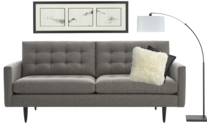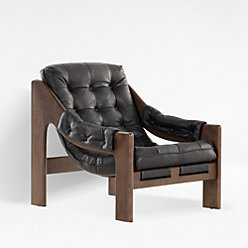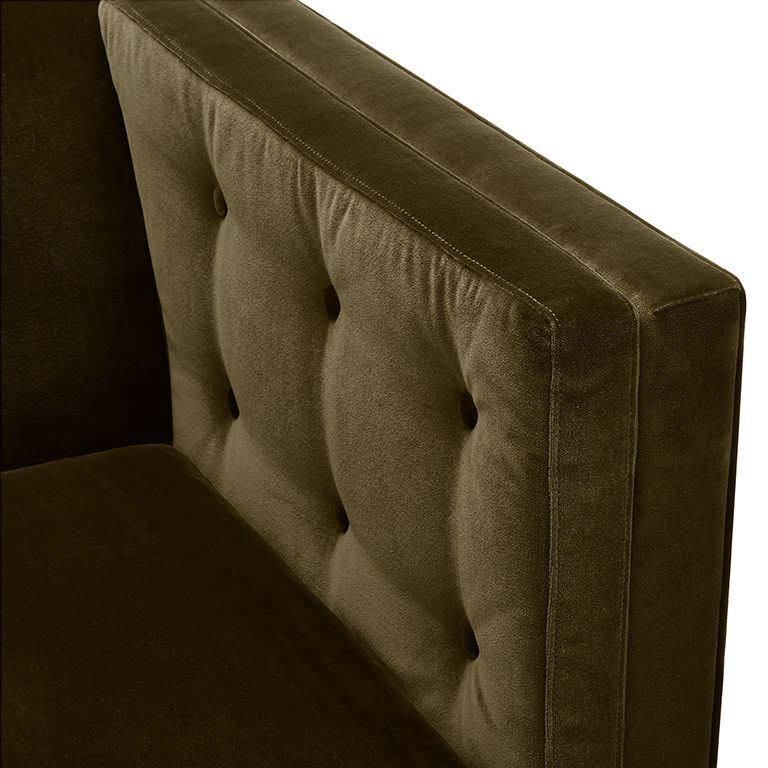
What is tufted furniture?
Tufting is the look that’s achieved when layers of fabric are tightly stitched into a pattern—forming indents that are evenly positioned throughout. Typically, these depressions are secured with a button, knot or ribbon, although a more modern take is to leave them bare. This creates raised sections of fabric that are called “tufts.”
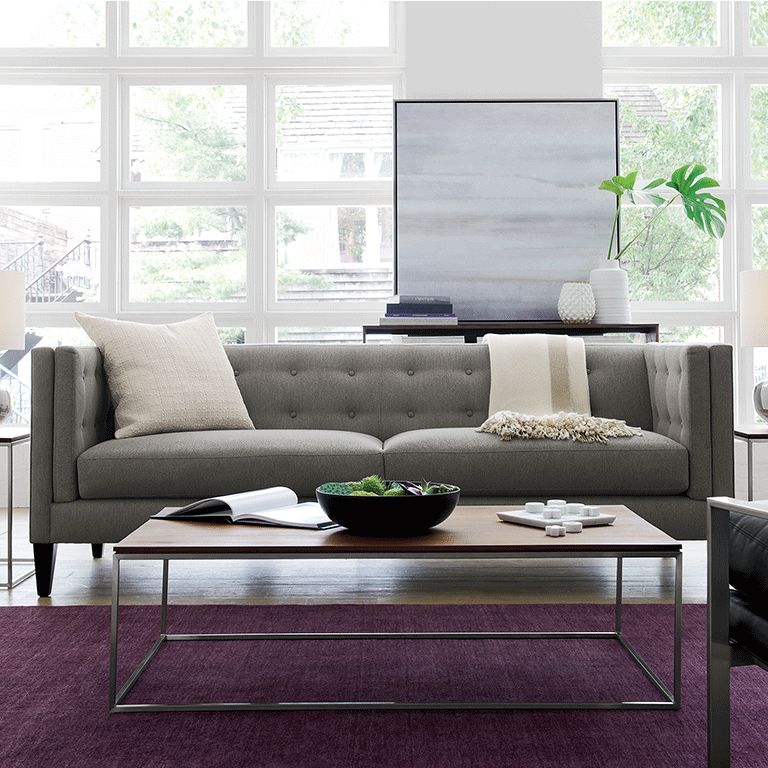
What are the origins of tufting?
The process of tufting furniture rose to prominence in England’s Victorian era. Initially used to keep the supportive filling of mattresses, sofas and chairs in place, it eventually evolved into a sign of wealth. Today, tufted furniture is known for its comfort and versatility, easily fitting in with any home decor.
What types of tufted furniture are there?
There are 5 main techniques that upholsterers use to achieve a tufted look. While seemingly similar in style, each has its own unique characteristics that lend themselves to a room's aesthetic. Read on to find the design that best complements your lifestyle.
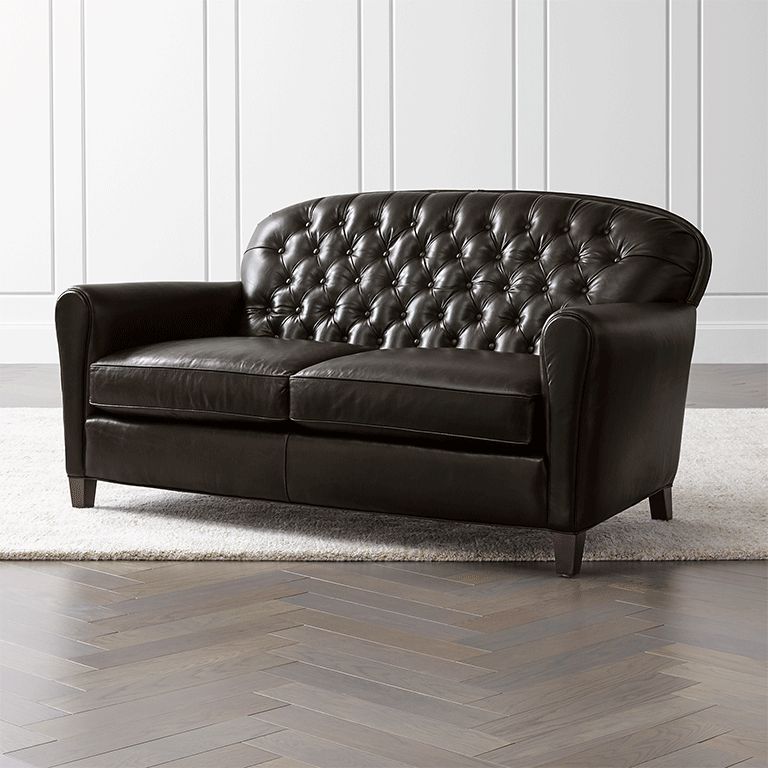
Diamond
The most common technique used, diamond tufting involves pulling and securing the fabric so that it creates a diamond-like pattern in the upholstery. It’s also considered to be the most comfortable due to the extra cushioning in each tuft. Sometimes pleated folds or seamed panels are used to accentuate the look.
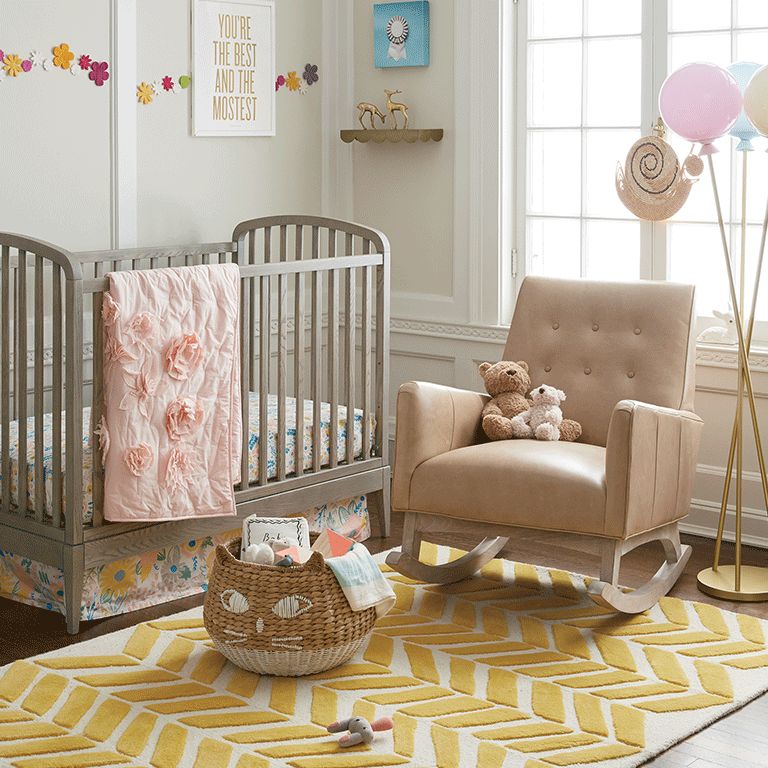
Button
Button tufting features noticeable buttons in the center of each indentation. The stitches are shallower than in diamond tufting, creating light depressions in the furniture. Typically, the buttons match the fabric but sometimes contrasting ones are used to add interest.
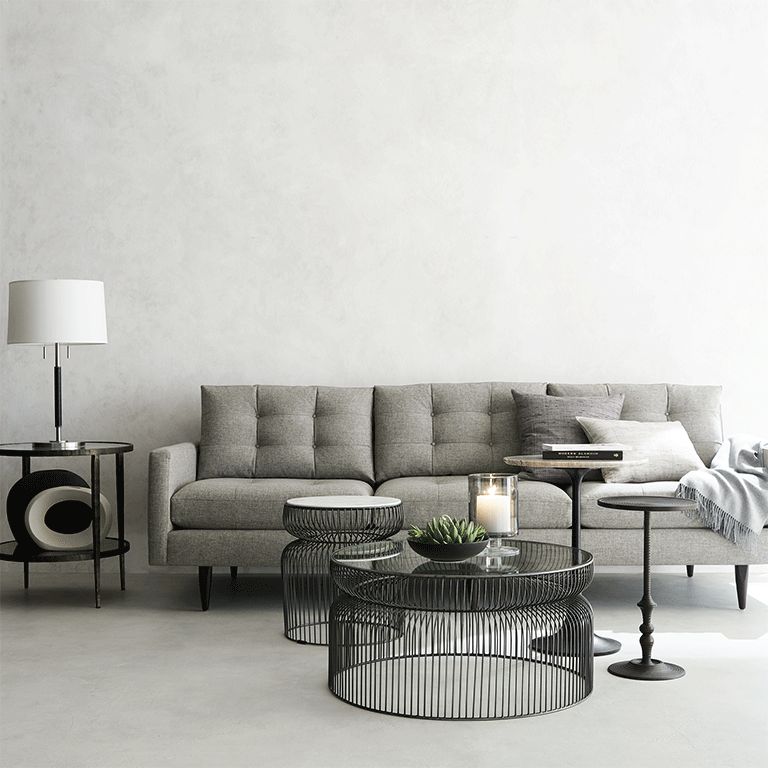
Biscuit
Also known as the “bun” technique, biscuit tufting is a more recent take on tufted furniture. Its stitching forms squares instead of diamonds, and the dimples vary from deep to quite shallow. The result is a linear look that’s commonly used in a mid-century aesthetic.
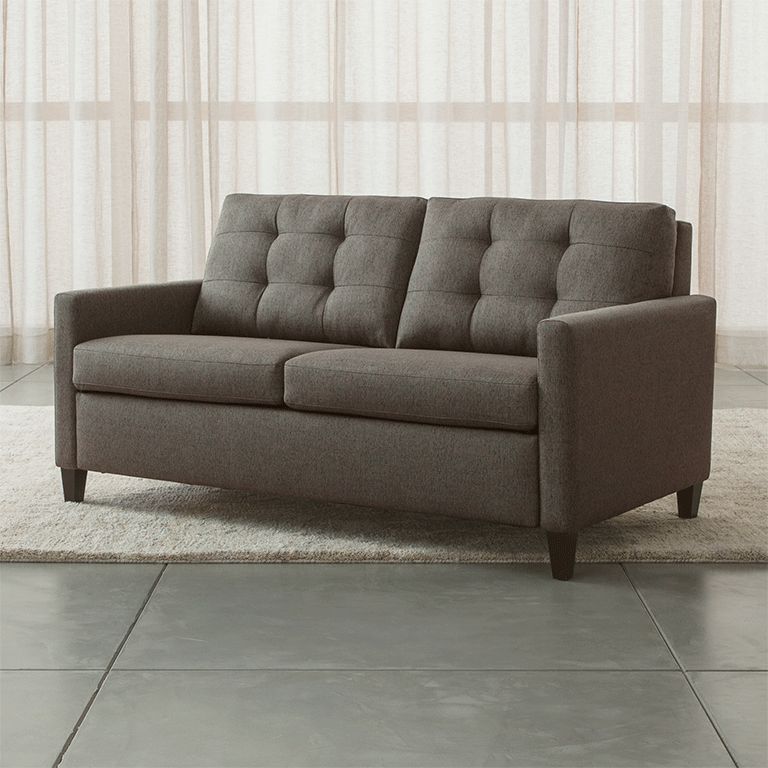
Blind
Less common than the aforementioned techniques, blind tufting lacks any recognizable pattern. This look is achieved by pulling back the fabric and securing it with a knot. Since there are no buttons, ribbon or other accents to pull off during playtime, this is a popular choice for those with kids and pets, as well as those who prefer a minimalistic look.
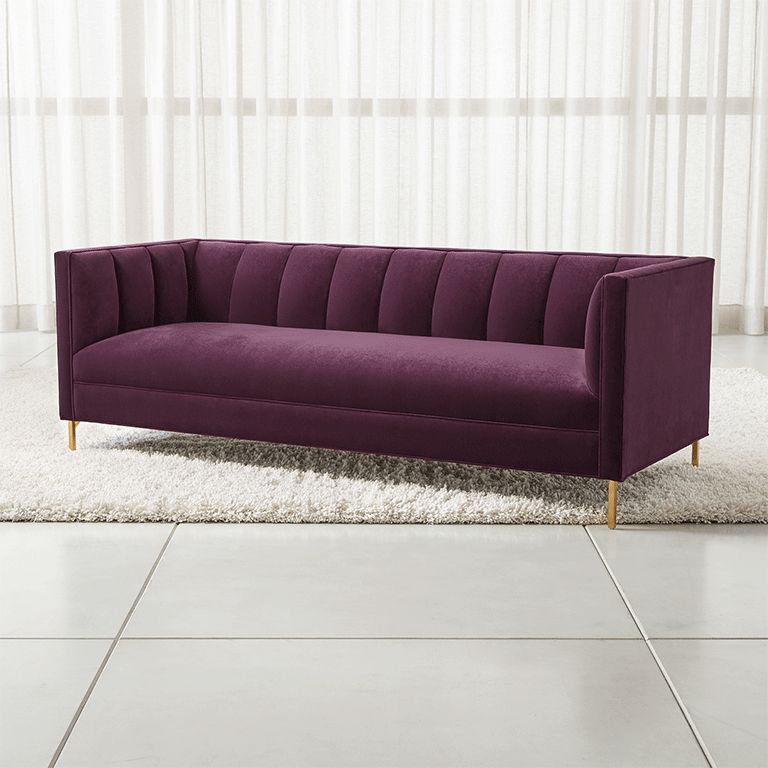
Channel
Channel tufting features stitched lines rather than indentations. Usually, the name implies that these lines are vertical. For furniture pieces with horizontal lines, the term “horizontal channel tufting” is used instead.
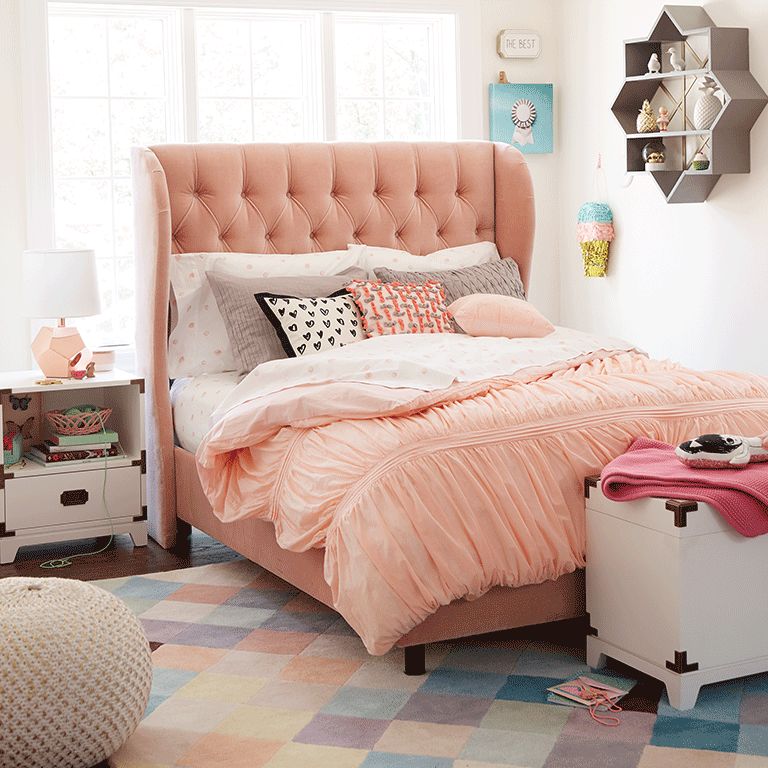
What are the benefits of tufted furniture?
Not only does tufted furniture add texture and dimension to the room, it also has practical upsides that make life easier. One contributing factor to tufting’s sustained popularity is that fact that each technique involves reinforcing the fabric every few inches—resulting in less sagging, which increases longevity.
Once limited to beds, sofas and chairs, tufting in modern homes can be found nearly anywhere, including headboards, dressers, benches and buffets. Far from a dated style, tufted furniture has timeless appeal that complements your preferred aesthetic.
Do you own tufted furniture? Show us how it enhances the room at the hashtag #CrateStyle.
